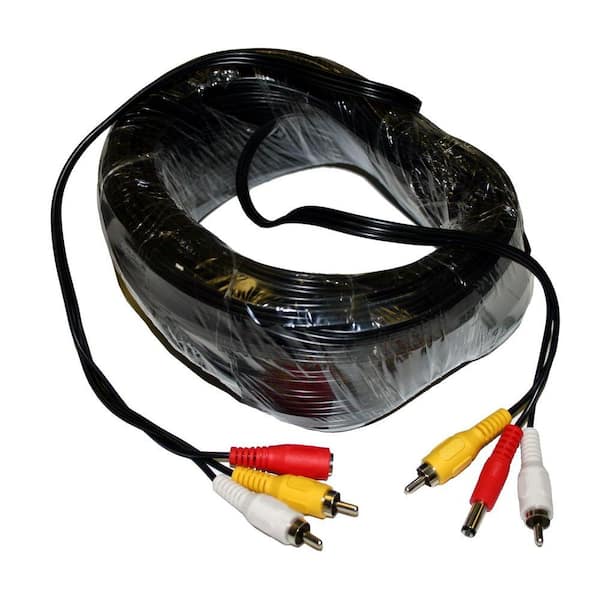Harmonizing Traditional Systems utilizing Cutting-Edge Audio Connectivity Technologies to achieve Enhanced Performance as well as Flexibility.
Harmonizing Traditional Systems utilizing Cutting-Edge Audio Connectivity Technologies to achieve Enhanced Performance as well as Flexibility.
Blog Article
Within the current fast-paced world of audio technology, the requirement to enhance efficiency and flexibility in sound solutions is increasingly important than ever. Numerous entities and venues still depend on outdated systems, which are older solutions that may fail to have the features of contemporary devices. However, harmonizing these outdated technologies with state-of-the-art audio networking solutions can lead to substantial enhancements. Audio communication allows for better interconnectivity between equipment, making it simpler to manage and manage sound throughout various spaces.
A of the primary benefits of combining legacy systems with contemporary audio communication is increased adaptability. Traditional sound systems often involve complicated wiring and restricted routing options. With sound networking solutions like Dante or AVB, audio signals can be transmitted over standard Ethernet cables. This implies that operators can easily link multiple units without the requirement for extensive reconfiguration. Whether within a performance venue, a educational auditorium, or a business event, this adaptability enables for quick modifications and modifications to the sound configuration without significant downtime.
Quality is another significant element that improves when outdated technologies are upgraded with helpful site up-to-date networking technologies. Outdated systems may struggle to provide high-quality audio, particularly in bigger venues or during challenging events. By implementing audio networking, entities can take advantage of advanced capabilities such as minimal latency, synchronization, and digital signal management. These improvements help guarantee that audio is clear and uniform, improving the overall experience for listeners and artists alike. This shift can create a noticeable difference in the way audio is experienced in various settings.
Moreover, integrating outdated systems with modern solutions can lead to cost savings in the extended run. While modernizing to new equipment may require an upfront investment, the efficiency gained through sound communication can reduce maintenance expenses and decrease the requirement for ongoing repairs. Furthermore, connected systems often require less tangible room than traditional setups, which can reduce on property costs in venues. Organizations can allocate resources better efficiently, using the money they retain to allocate resources in additional important areas.
Lastly, training personnel on the method to use integrated technologies becomes easier with audio networking. Numerous contemporary audio networking systems come with intuitive interfaces and distant management capabilities. This means that including those who may lack extensive technical expertise can be trained to manage and control the audio systems effectively. Educational initiatives can be developed focused on these solutions, empowering staff to manage and troubleshoot systems with confidence. By combining the legacy with the new, entities can create a more competent and knowledgeable workforce, in the end leading to better sound outcomes for all involved.